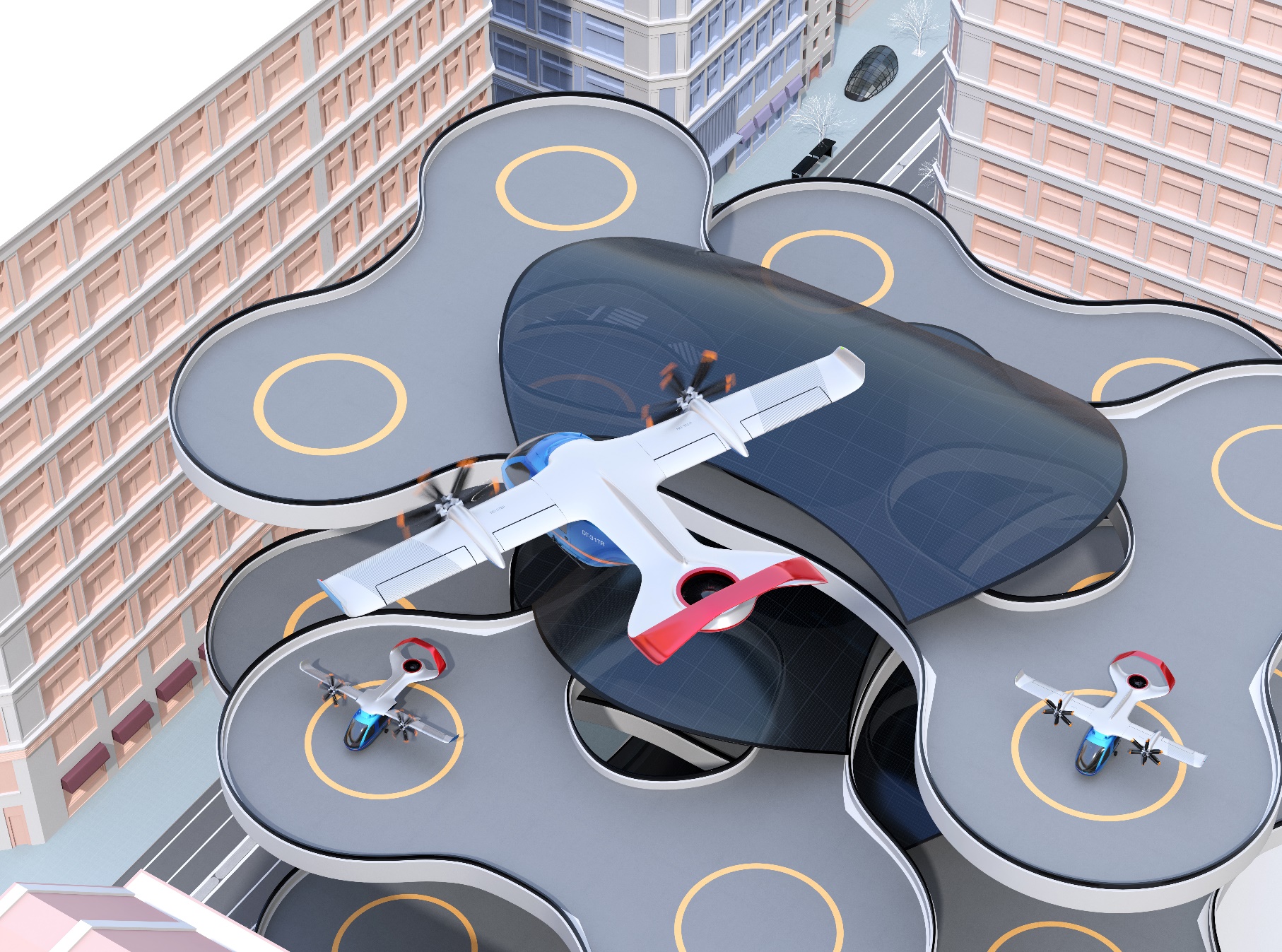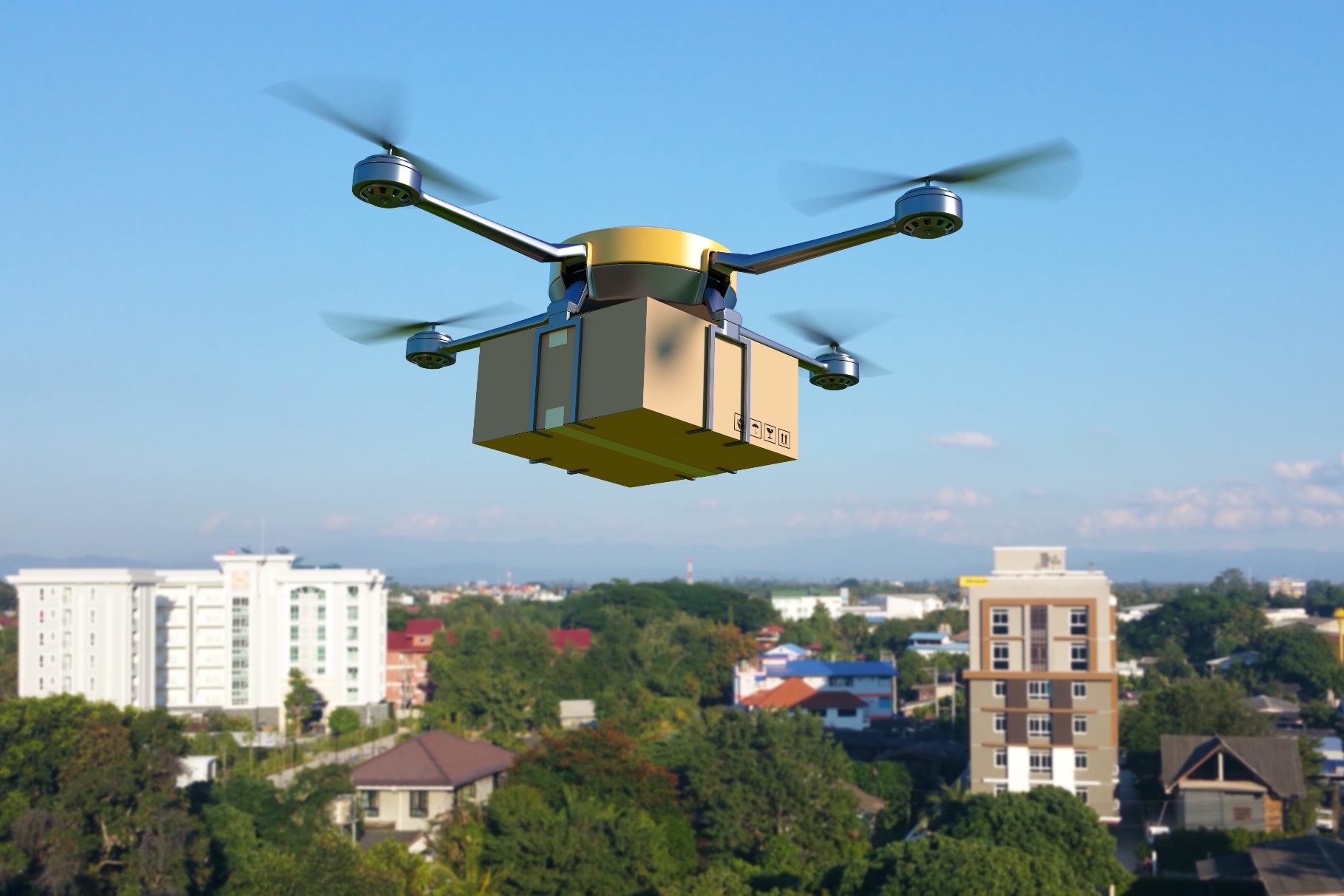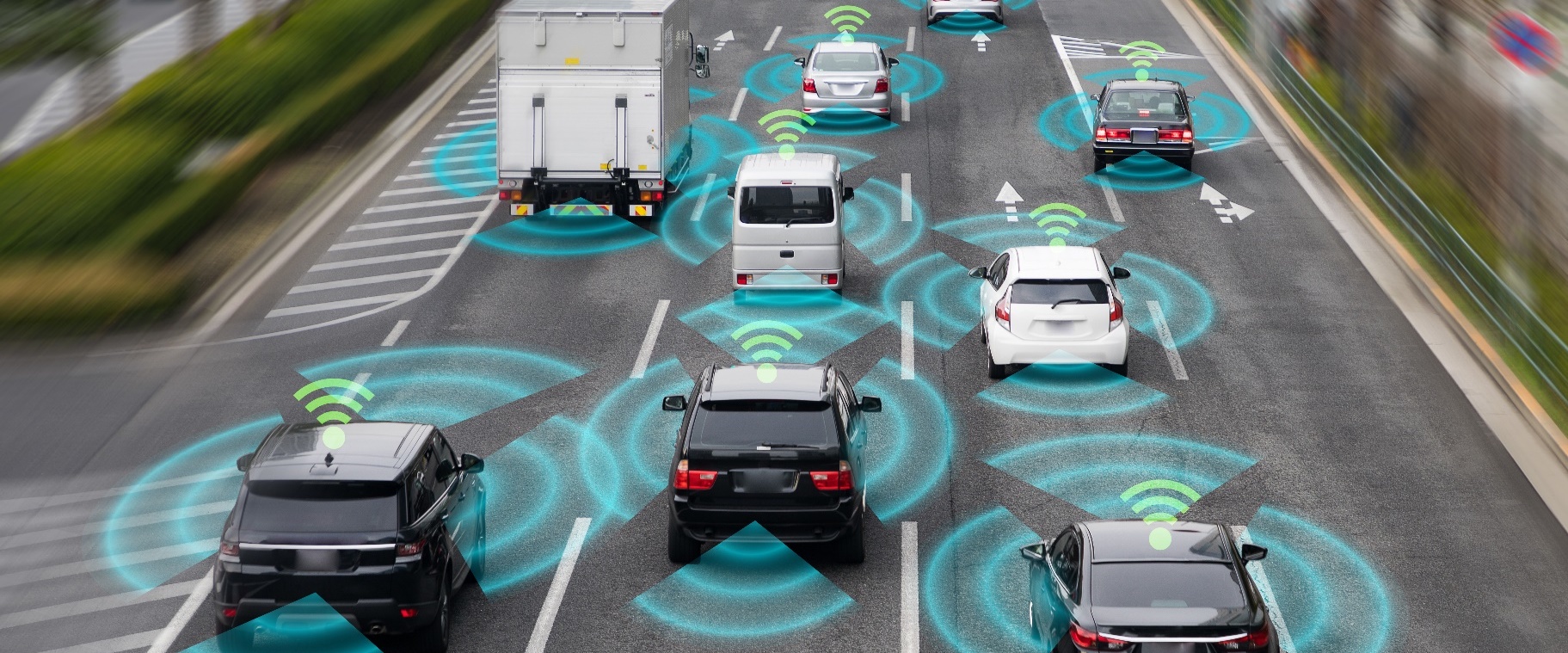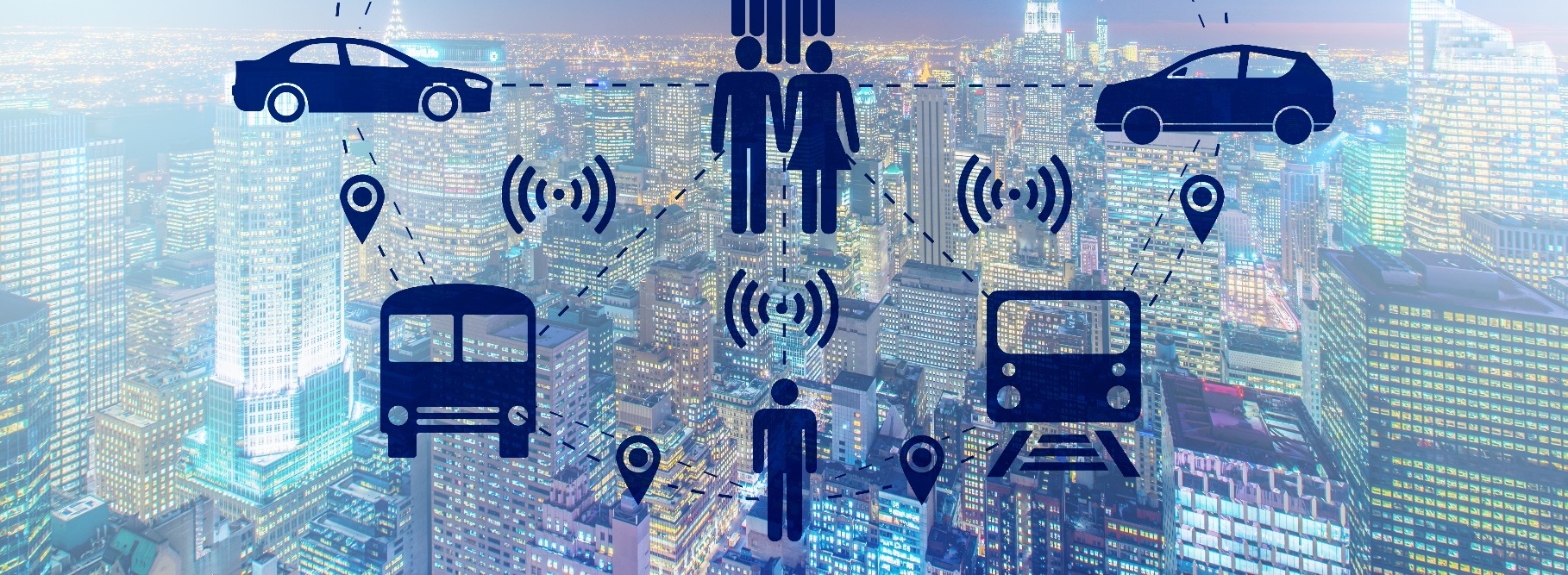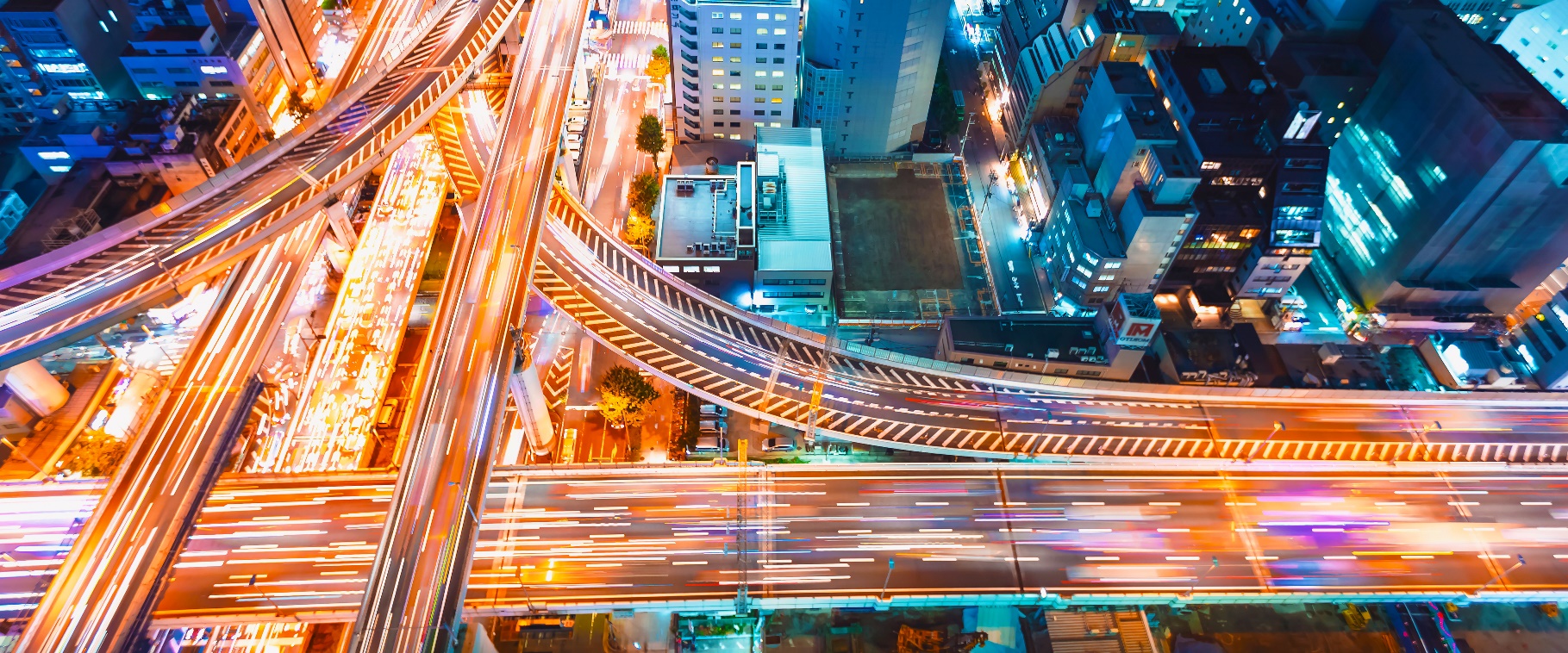92 results found
Featured results


More results
Smart Stations are areas of influence in a city, delivering the accessibility and connectivity aspects of transport strategies: they are unique in terms of role, location, services and use in terms of time and space
“Vertiports” are platforms used by electric aerial vehicles (see also the Unmanned Aerial Vehicle for Passenger Travel use case) for vertical take-off and landing
Covidtech covers a new wave of technologies aimed at detecting, testing for and tracking SARS-CoV-2, the virus causing the Covid-19 pandemic
Passenger Information Holograms (sometimes called Avatars) are the next generation of digital signage, intended to improve the efficiency of providing tailored assistance to customers
This use case focuses on using Artificial Intelligence (AI) technology to optimise water network performance in terms of pressure and water quality
Unmanned Aerial Vehicles (UAVs), sometimes referred to as drones, are aircrafts without an onboard pilot
Water, gas, electricity, and telecommunications services are typically placed underground in urban areas (especially in developed nations), requiring significant capital investment
Many governments are supporting measures to encourage the uptake of Electric Vehicles (EVs) as they can contribute to a wide range of transport policy goals, including improvements in air quality and noise pollution
Internet of Things (IoT) is a term that describes a community of devices connected to the internet, with the ability to transfer and share data and information with each other
53 members of our InfraTech Leaders Ecosystem – from more than 25 public and private entities – met for the first time to discuss ‘quick wins' and strategic priorities based on the World Bank's InfraTech Policy Toolkit, developed earlier this year to support the Riyadh G20 InfraTech Agenda.
A Digital Twin is a virtual replica of a physical object or system
The dynamic pricing of roadways and parking spaces is the practise of varying the price of a toll or fee that reflects the changing demand on that infrastructure
Cooperative Intelligent Transport Systems (C-ITS) are emerging technologies that allow road users and roadside infrastructure to share information with each other
Smart containers are shipping containers used in freight and logistics that are integrated with Internet of Things (IoT) technologies, sensors, GPS tracking and solar panels
At its core, Mobility as a Service (MaaS) relies on a digital platform that integrates end-to-end trip planning, booking, electronic ticketing, and payment services across all modes of transportation, public or private
s Typically, the cybersecurity is in the data transfer and collection component
Pedestrian sensors are technologies that can be installed at road intersections to detect whether and how many pedestrians are waiting to cross the road
Real Time Traffic Management systems manage traffic behaviours in real time by utilising a network of technologies including sensors, smart cameras, GPS and Bluetooth/Wi-Fi
Smart Parking is a parking solution that can include in-ground Smart Parking detection/counting sensors or cameras
Remote monitoring involves using one or a combination of remote sensors, UAVs and satellite technology to monitor water bodies for precursors to algal blooms




